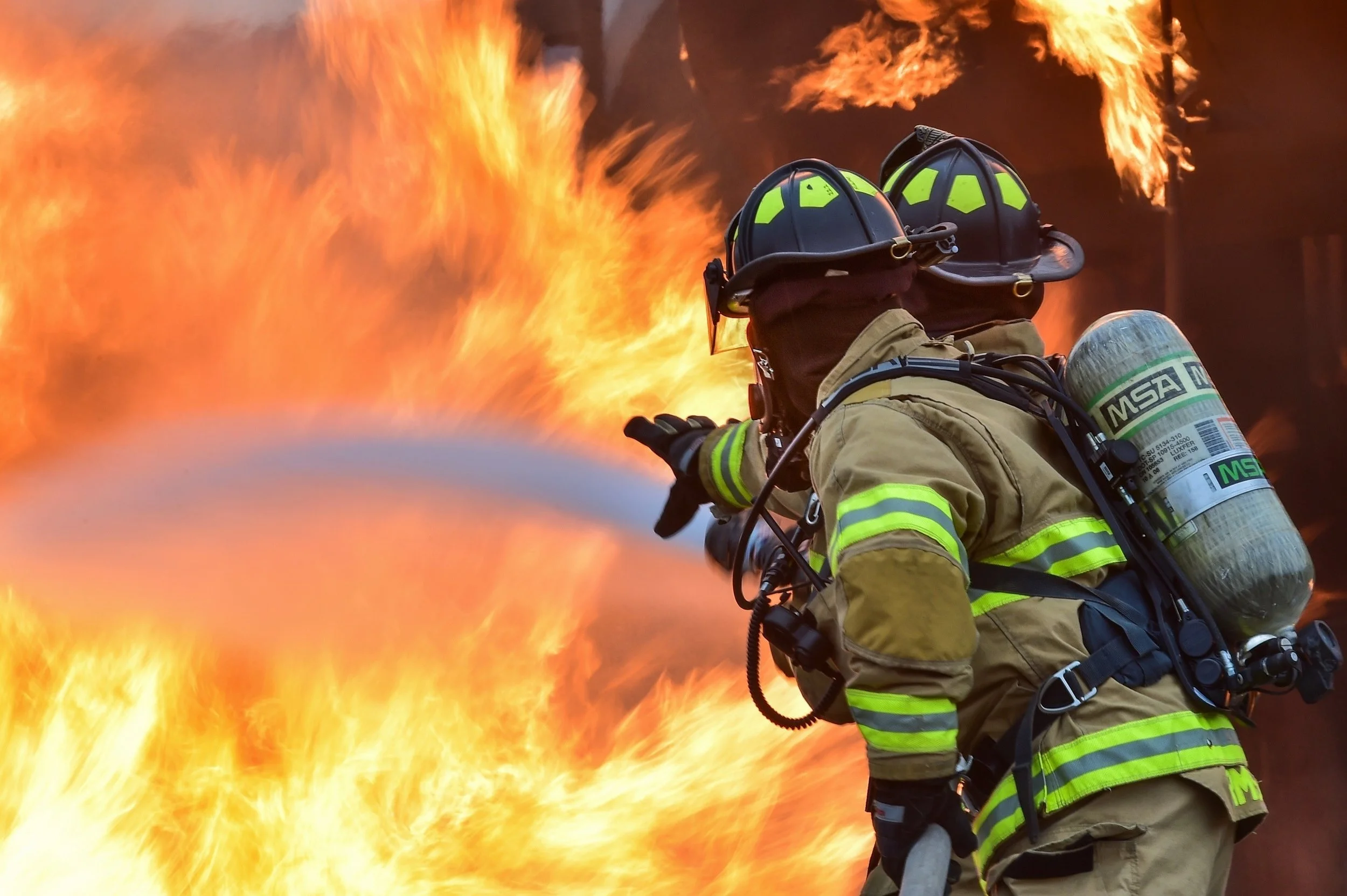Correct maintenance of fire dampers is essential to guarantee that they will properly operate in the event of a fire. You must ensure fire dampers are tested regularly and in accordance with regulations and manufacturers’ guidelines. This article explains the importance of testing fire dampers, how you can test your fire dampers and the regulations regarding testing.
Why should they be tested?
1. Fire dampers are a key component of a building’s fire safety system.
It is important that they are tested regularly to ensure that they are in the best condition to do their job and work effectively in the event of a fire.
Yet, a large number of building owners are still unaware if they even have fire dampers installed in their properties. Whilst building owners may be proactive in organising the testing of fire alarms and carrying out regular fire drills, the dampers - a vital part of the fire safety system - are often forgotten about and, therefore, left untested.
2. Correct testing procedures check whether the fire dampers need any parts replacing.
It also often reveals fire dampers that have been installed incorrectly. It is not uncommon to discover dampers that have been installed upside down or propped open – meaning the damper is completely ineffective in the event of a fire!
3. In the UK It is the law.
In January 2017, an update to BS 9999 made it obligatory for fire dampers to be tested by a competent person on completion of the installation and at least once a year thereafter.
Previous to this, the building standards only identified a handful of dampers requiring testing every 2 years. However, it is not unusual for fire dampers to still only be tested every 10 to 15 years, or in some cases having never been tested. Not only is this worrying for the safety of the building and its occupants, this could also result in a significant fine or even imprisonment for the building owner if dampers are found to be non-compliant or missing.
How are they tested?
Drop testing is the method used on dampers that do not have an actuator fitted.
1. Identify, locate and access.
The first step for a drop test contractor is to identify, locate and access all fire dampers within a building. Often, there are more than you may realise.
2. Check for correct installation.
Next, the dampers need to be checked that they have been installed properly. If they are found to be installed incorrectly, they will need to be reinstalled and then tested once in the correct position.
3. Clean, lubricate and drop test.
The contractor can then clean, lubricate and drop test every fire damper to confirm they are all in satisfactory working conditions.
4. The test is complete and the dampers have passed!
Once the dampers have passed the test, the building owner will receive a written report that you can use as proof of your compliance with BS 9999:2017.
Why can it be difficult to test?
It is sometimes difficult for fire dampers to be accessed, and this is a common reason why testing does not get carried out.
All too often, fire dampers are installed with no access point to allow for testing and cleaning as they may have then been covered by walls, false ceilings and stairs. It must be noted here that even if the damper is wired into a control panel or an actuator is fitted, it still necessary for this access to be provided for visual inspection of the blades inside the duct-work.
Additionally, for dampers that do not have an actuator, the most common actuating mechanism is a fuse and link. This mechanism is difficult to access and reset, which makes testing challenging. A damper with a cassette mechanism, such as the FireShield, is much easier to use.
How can I make it easier for my dampers to be tested?
There are dampers that have been manufactured with the end user in mind, with various features to make the job of testing easier.
As stated above, where manual fire dampers are installed in a building, it is much better to choose ones that are fitted with a cassette mechanism. But, automatic fire dampers perform better, are activated earlier when wired up to a Safegard Control System and are safer than their manual equivalents.
As per BS9999, arrangements should be made for all fire dampers to be tested by a competent person on completion of the installation and at least annually, and to be repaired or replaced immediately if found to be faulty. Spring-operated fire dampers should be tested annually and fire dampers situated in dust-laden and similar atmospheres should be tested much more frequently, at periods suited to the degree of pollution.
Safegard recommend the use of a dedicated life safety damper system for regular testing of all dampers.
Control panels provide real-time status of the dampers across the building and can be configured to notify users if there are problems with any of the dampers – something which can happen remotely.
The selection of the correct dampers and dedicated panel will ultimately result in safer buildings with reduced maintenance, costs and labour required.



